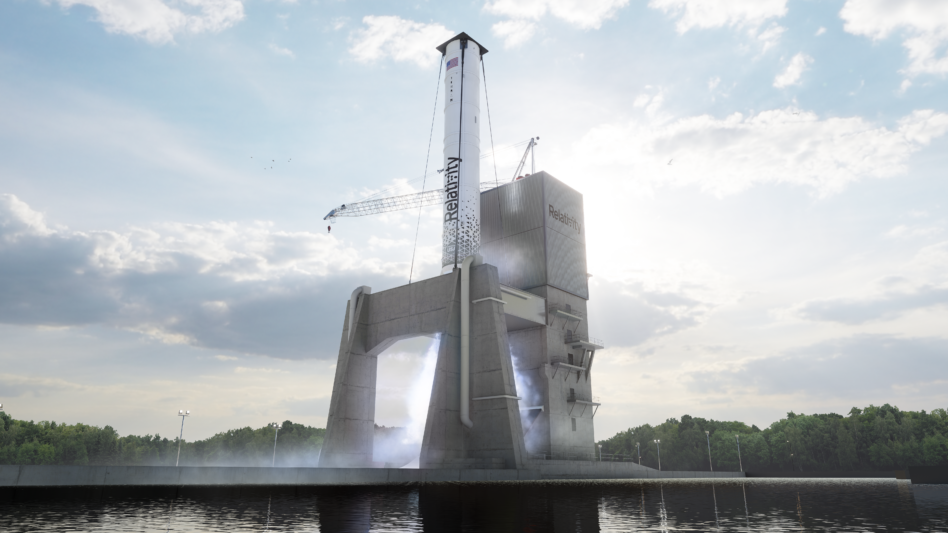Relativity Space signed a seven-year lease on a test stand at NASA’s Stennis Space Center in Mississippi to prepare for its 3D-printed Terran R rocket.
The company will pay $2.76M for the initial lease on the Apollo-era A-2 stand, and has the option to take out another 10 years if needed. Relativity already has 10-year leases on the E-2 and E-4 stands as well as a commercial use agreement on E-1.
“The scale of Terran R as a medium-heavy lift reusable launch vehicle is substantial,” Relativity CEO Tim Ellis said in a statement. “Exclusive access to these rare, national-asset facilities through partnership with NASA uniquely enables Relativity to develop a world-class launch vehicle.”
Terran R
Relativity successfully launched its first 3D printed rocket, Terran 1, back in March…then quickly announced it was shelving the small-lift launcher in favor of developing the heavier-lift Terran R. A first flight is slated for 2026.
Terran R will also be additively manufactured, and Relativity is building brand-new 3D printing tech to build the rocket and its massive Aeon R engines.
Building at Stennis
Relativity has been plotting an expansion at Stennis for a while. The company announced its plans to build several test stands and administrative offices at the historic site in November. Now, the company says it’s planning to commit $267M to the expansion.
- Relativity is hiring for the site now as it ramps up operations.
- The new lease will speed up the rocket testing cycles, the company said, hopefully allowing them to get back to space faster.




